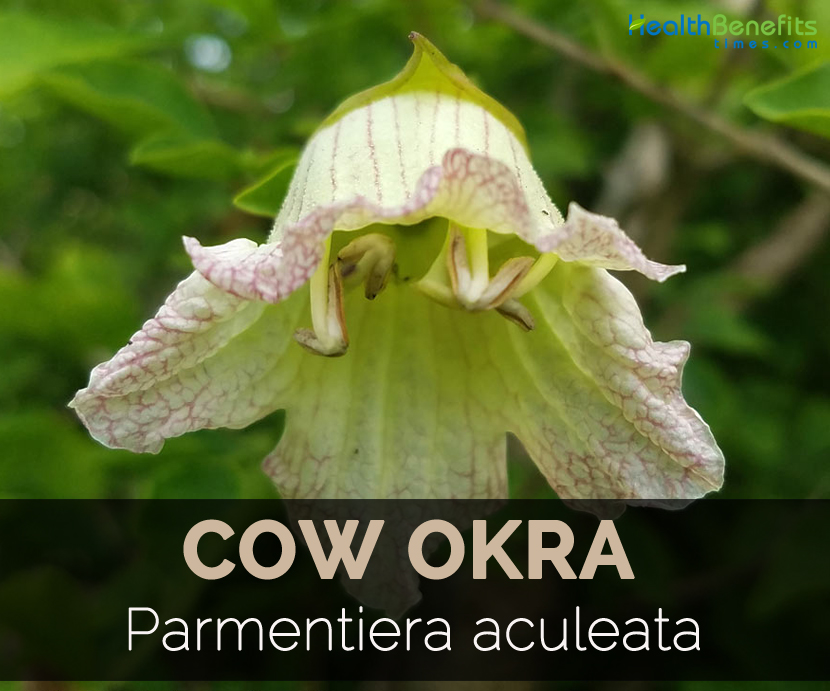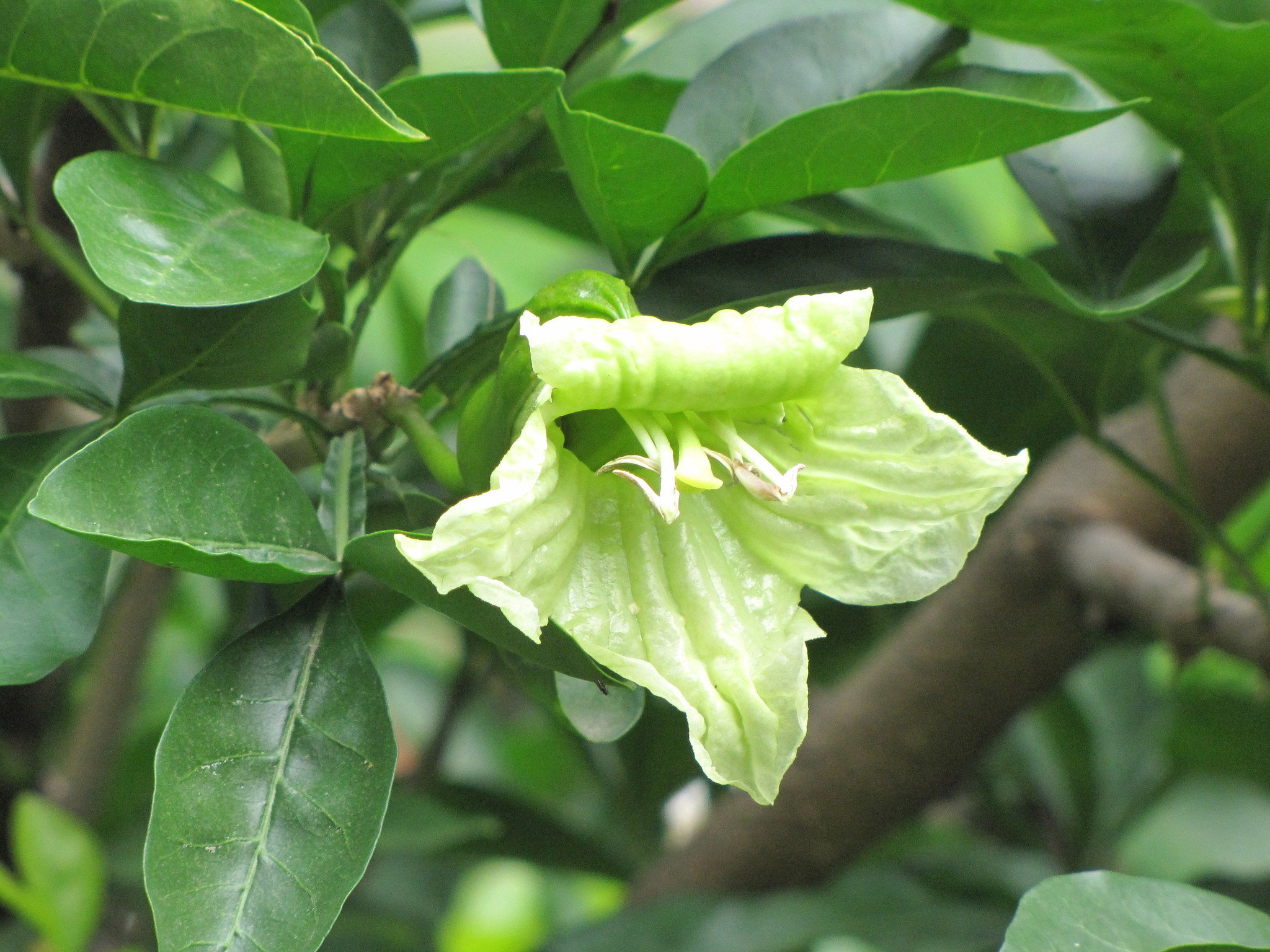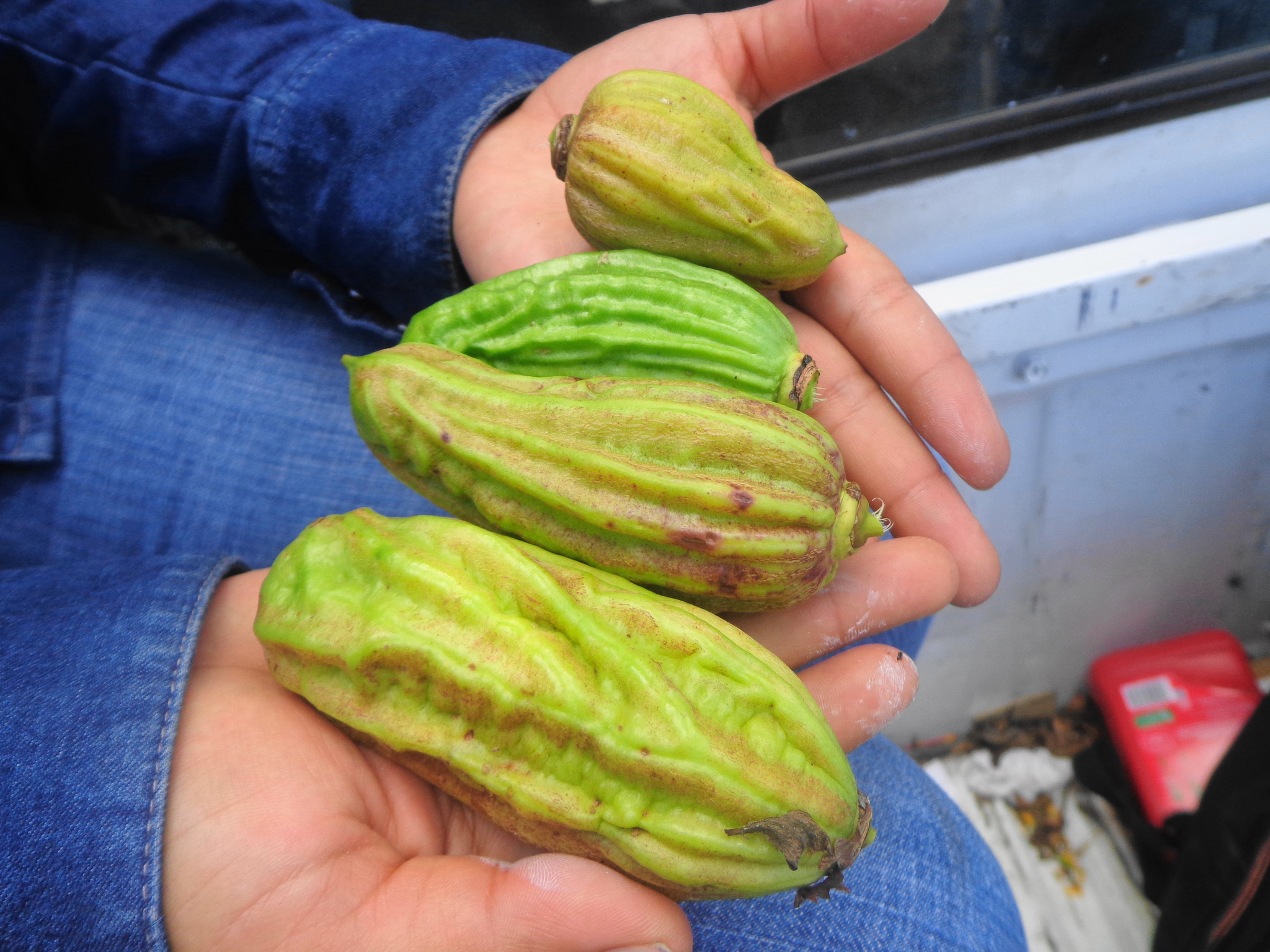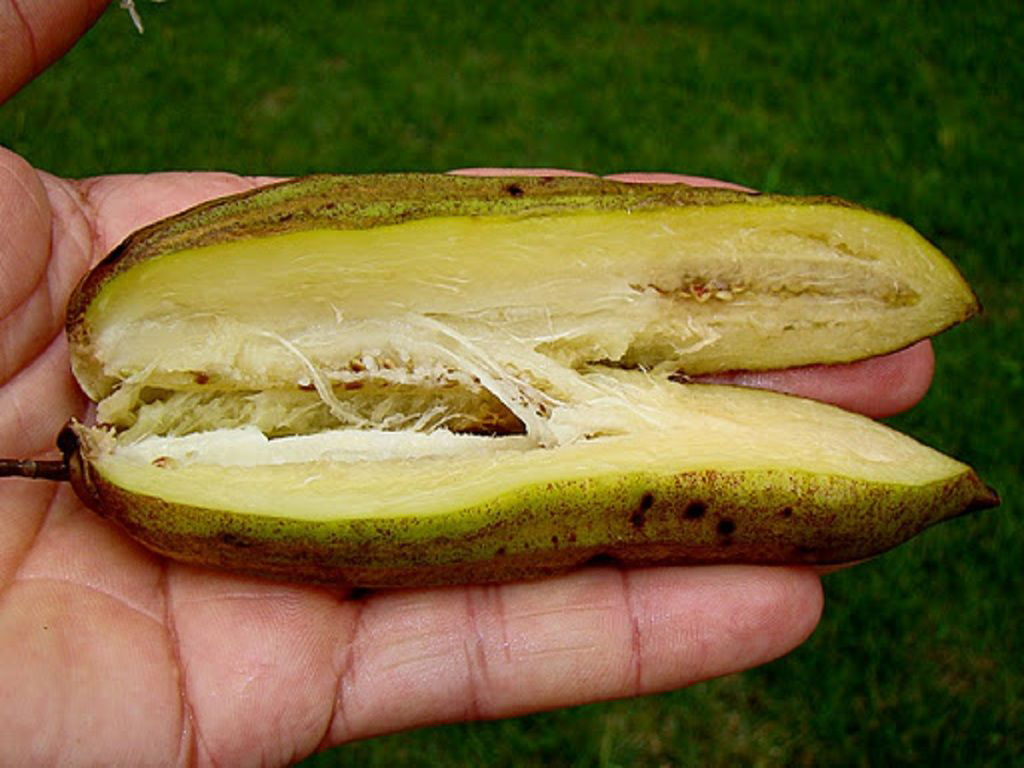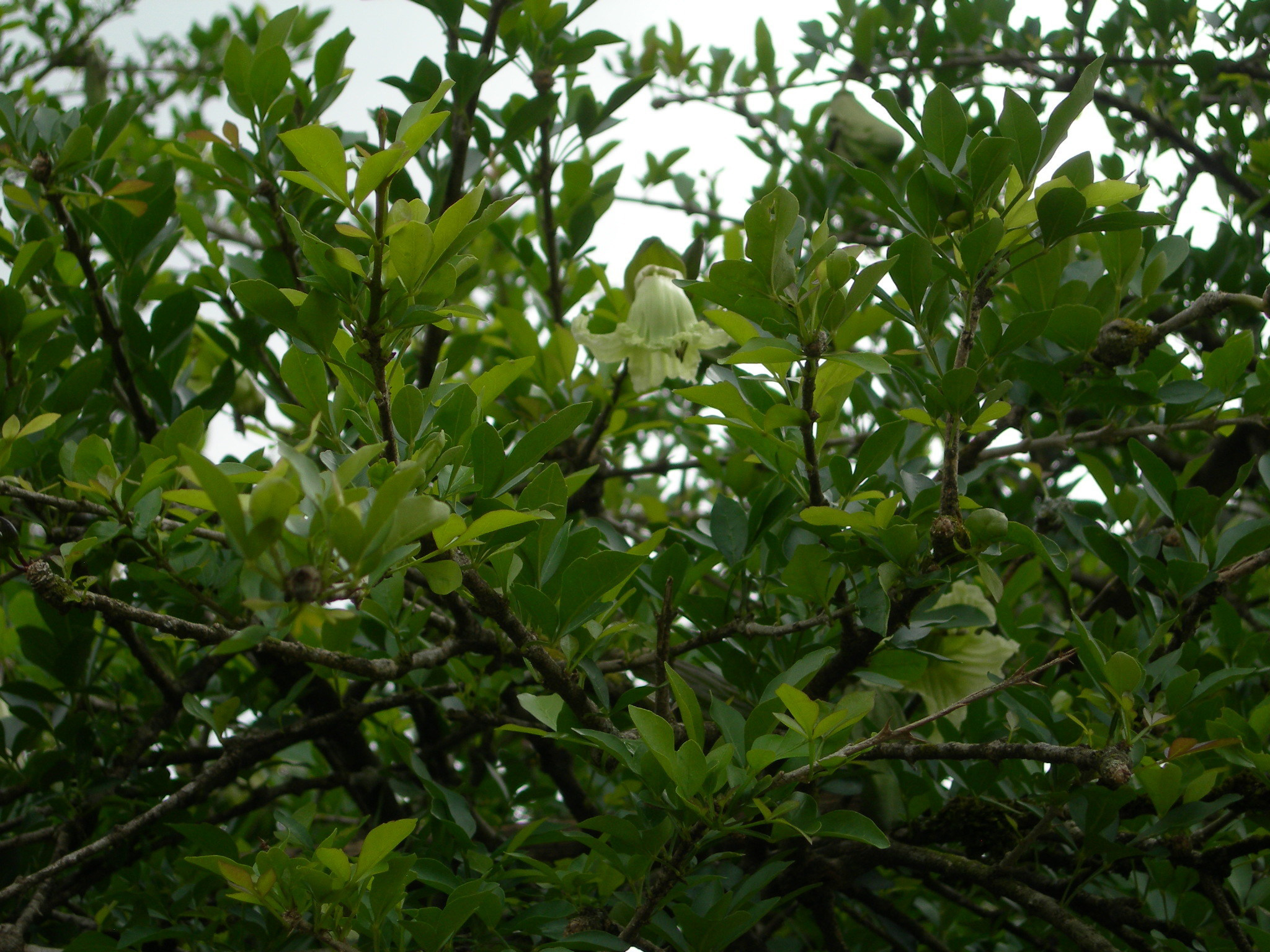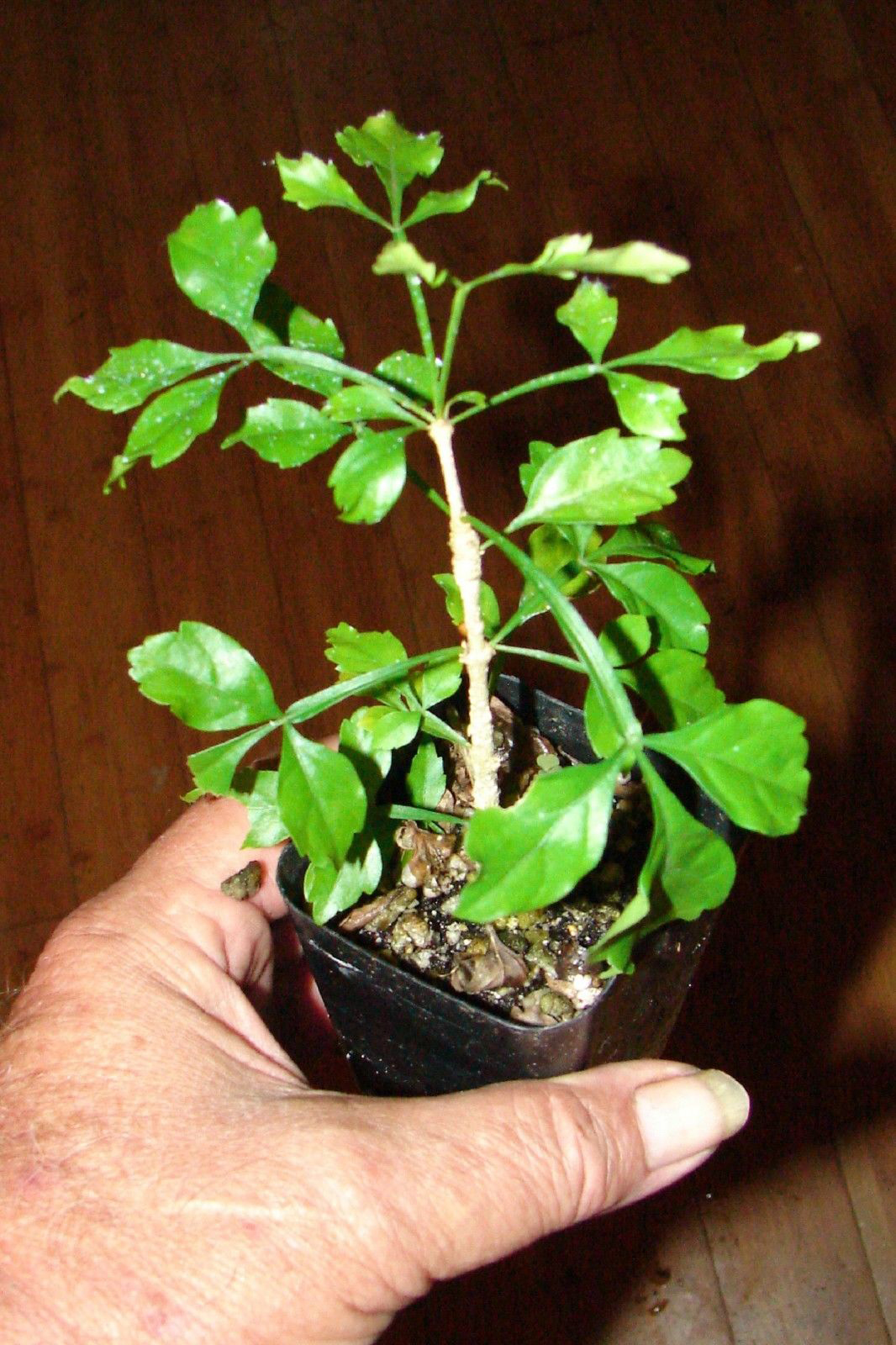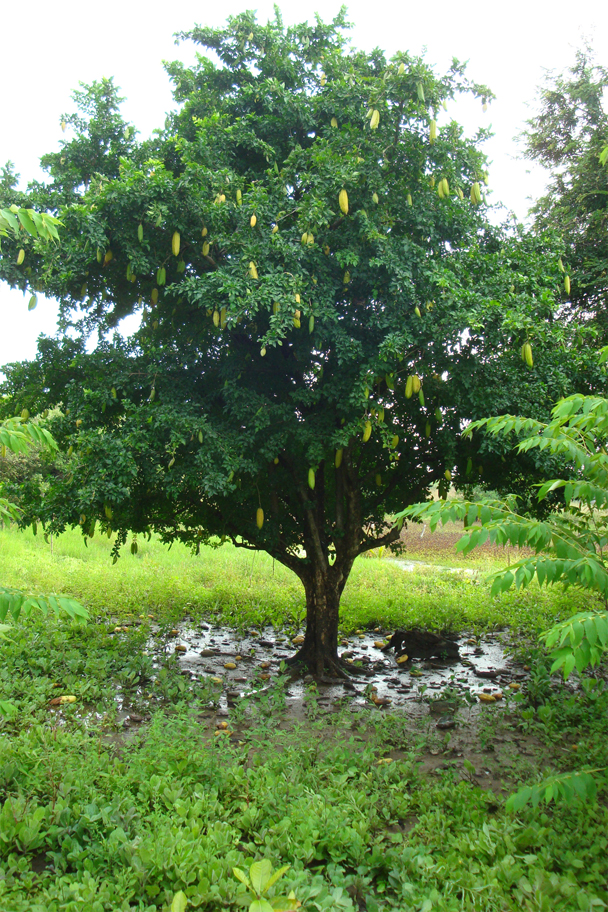Leaves
Leaves are variable, trifoliate and opposite but pair of simple leaves in axils of trifoliate leaves. Leaf blades are 2-6 x 0.8-2.5 cm. Petioles are narrowly winged.
Flowers
Flowers are large and about 4.5-6 cm long. Calyx is dark green and splits on one side. Corolla is pale green having purple or maroon stripes on lobes.
Fruit
Fruits are 8-18 x 4-4.5 cm and somewhat fibrous. Seeds are patelliform about 3 mm in diameter.
Stems and Leaves
Stems are pale brown and covered with relatively smooth bark. Younger branches are hairless, green and rounded. Leaves are oppositely arranged and are compound having three leaflets and form on grooved stalks about 13-35 mm long. Leaflets are oval shaped and entire margins and have rounded or pointed tips.
Medicinal uses
- Aztecs use it for treating dropsy, renal disorders, colds, gastric, indigestion and ear infections.
- Consume the tea made from leaves for ear infections. Soak the cotton ball in the mixture and insert in the ear.
Culinary uses
Consume it fresh, cooked or roasted or make preserves and pickles.
References:
https://www.itis.gov/servlet/SingleRpt/SingleRpt?search_topic=TSN&search_value=506044#null
https://toptropicals.com/catalog/uid/Parmentiera_edulis.htm
http://tropical.theferns.info/viewtropical.php?id=Parmentiera+aculeata
Comments
| Cow Okra Quick Facts | |
|---|---|
| Name: | Cow Okra |
| Scientific Name: | Parmentiera aculeata |
| Origin | Central America – Mexico, Belize, Costa Rica, El Salvador; Guatemala and Honduras. It has naturalized in Northern Australia. |
| Colors | Subcylindric, candle-shaped, 10–12 cm long, 7 cm wide |
| Shapes | Subcylindric, candle-shaped, 10–12 cm long, 7 cm wide |
| Taste | Sweet |
| Name | Cow Okra |
|---|---|
| Scientific Name | Parmentiera aculeata |
| Native | Central America – Mexico, Belize, Costa Rica, El Salvador; Guatemala and Honduras. It has naturalized in Northern Australia. |
| Common/English Name | Candle Tree, Cow Okra, Cucumber Tree, Food Candle Tree, Yellowtaper Candletree |
| Name in Other Languages | Belize: K’at (Maya), Kat, Cow Okra, Wild Okra; Costa Rica: Cuajilote (Spanish); Dominican Republic: Guineito (Spanish); El Salvador: Cuajilote (Spanish); French: Parmentiéra Épineux; Guatemala: Cuajilote, Guajilote (Spanish); Mexico: Tzote (Hausteco), Auve-Quec (Chontal), Chote, Coxilotl, Chote Cuáhuitl, Cuaxilot “Palo De Jilote”, Cuaxilotl (Nahuatl), Tyacuanajun (Mixteco), Camburito, Chayote, Chachi, Chote, Chotes, Cuajiote, Cuachilote, Cuajilote, Guajilote, Guachilote, Peino De Árbol, Turi (Spanish), Puxni (Totonaco),Puch (Tepehua), Tzutzu (Zoque), Guetoxiga (Zapoteco), Cuajxilutl |
| Plant Growth Habit | Small or medium-sized, evergreen tree |
| Plant Size | 10 m high |
| Flower | Greenish to greenish-white |
| Fruit shape & size | Subcylindric, candle-shaped, 10–12 cm long, 7 cm wide |
| Fruit color | Yellow-green to dull yellow |
| Fruit Taste | Sweet |
| Seed | Roundish flat, 3 mm diameter |


